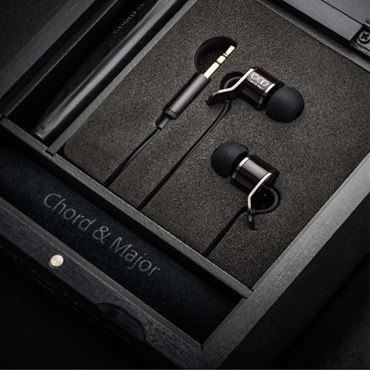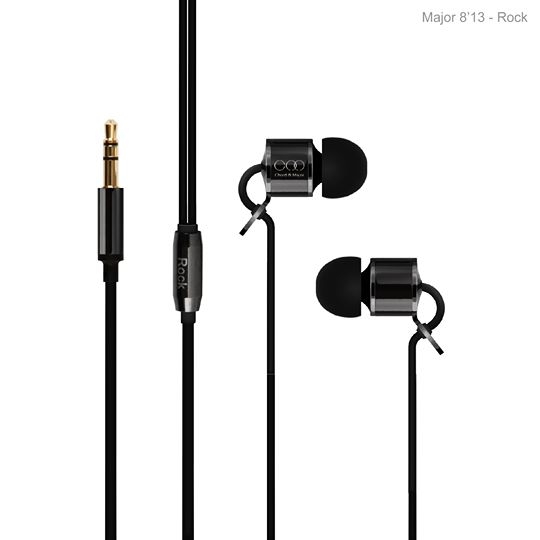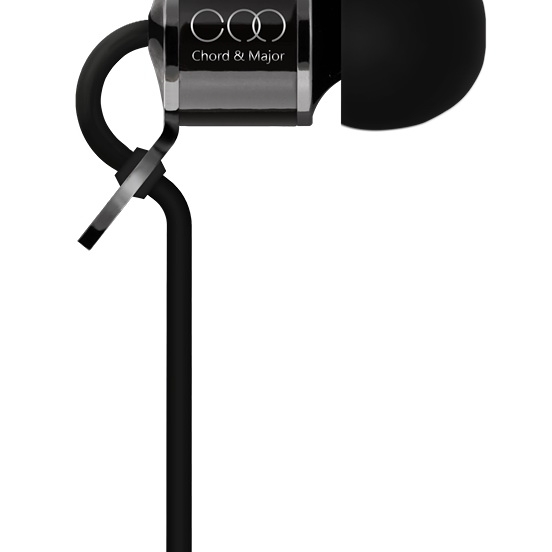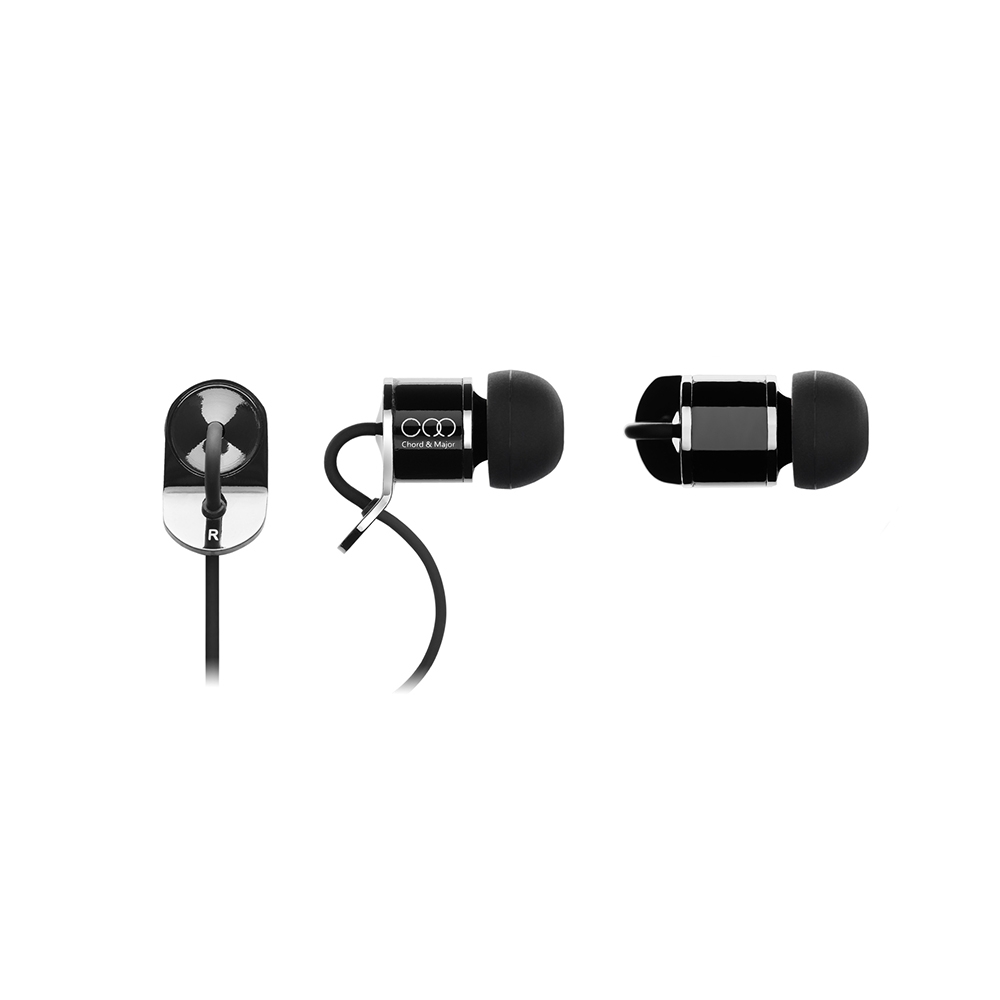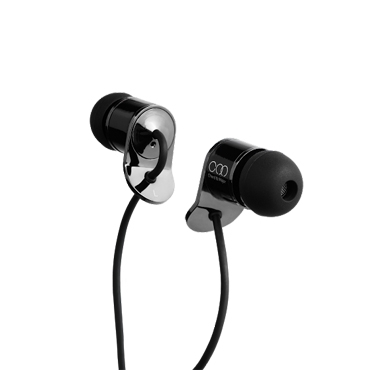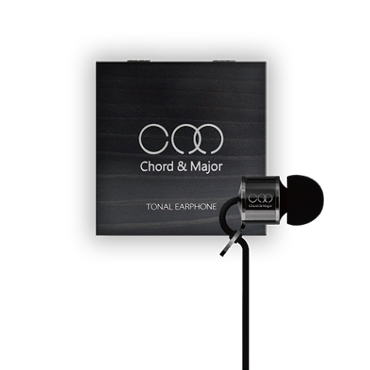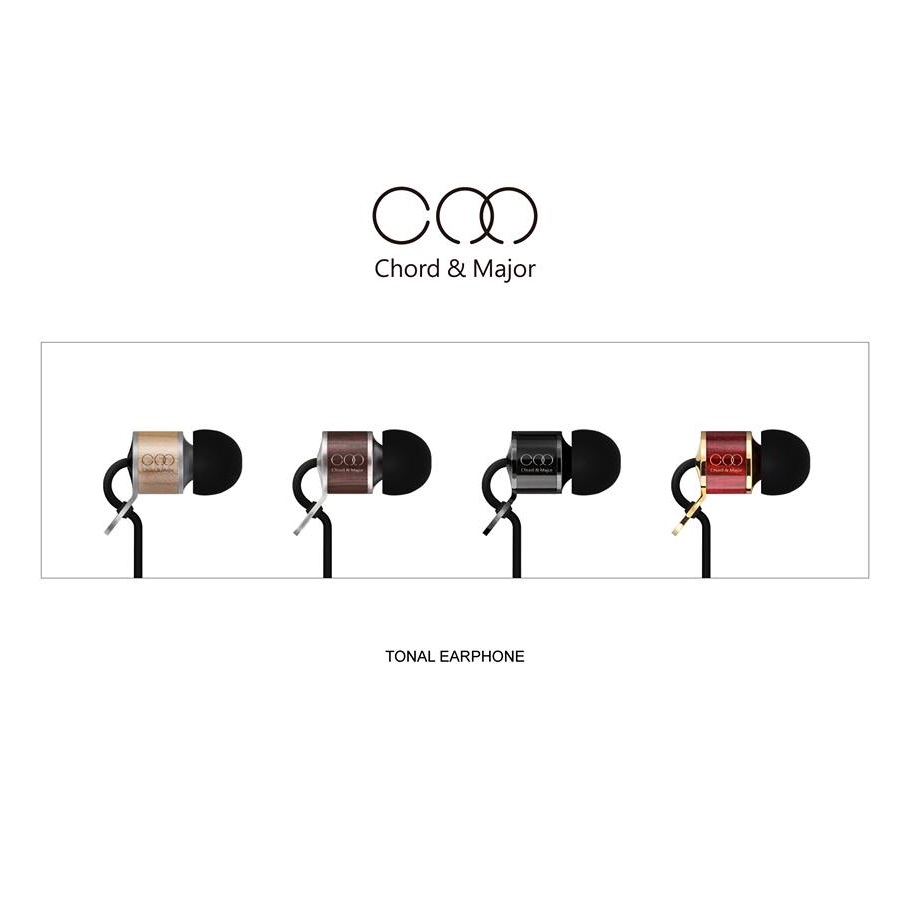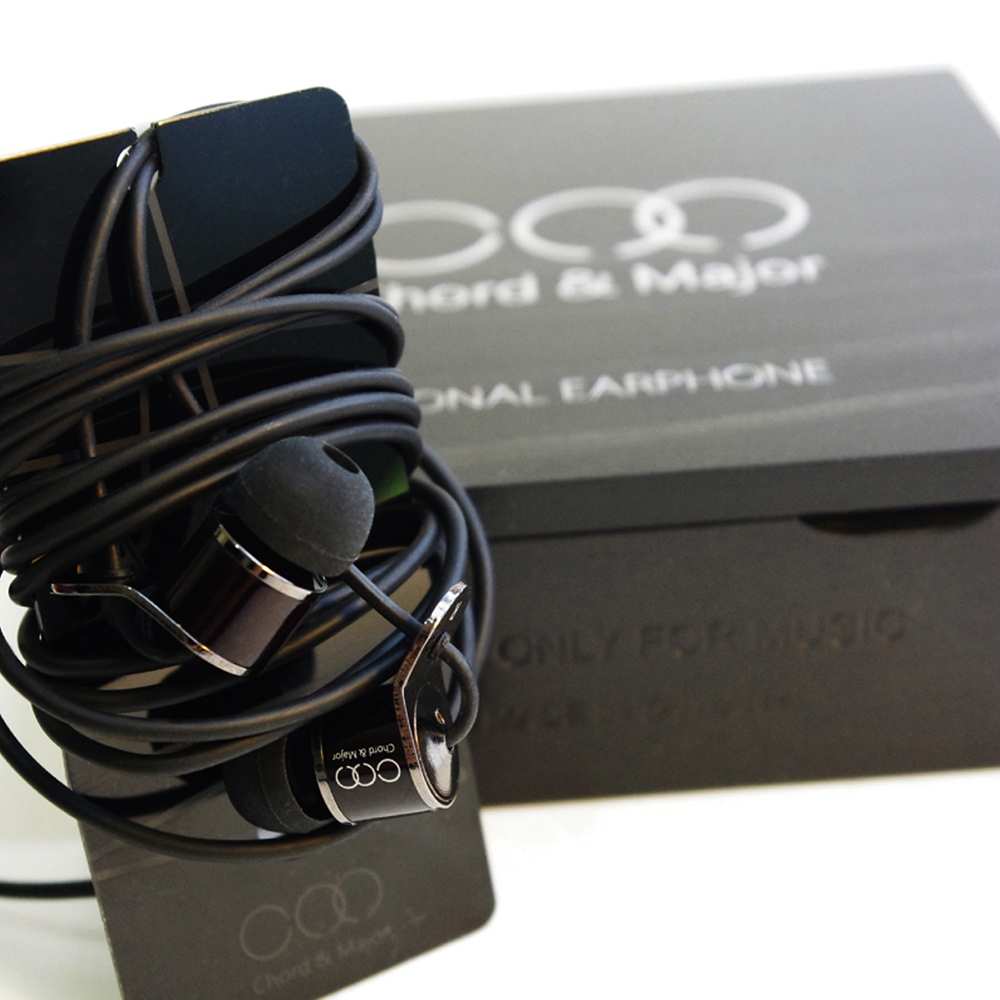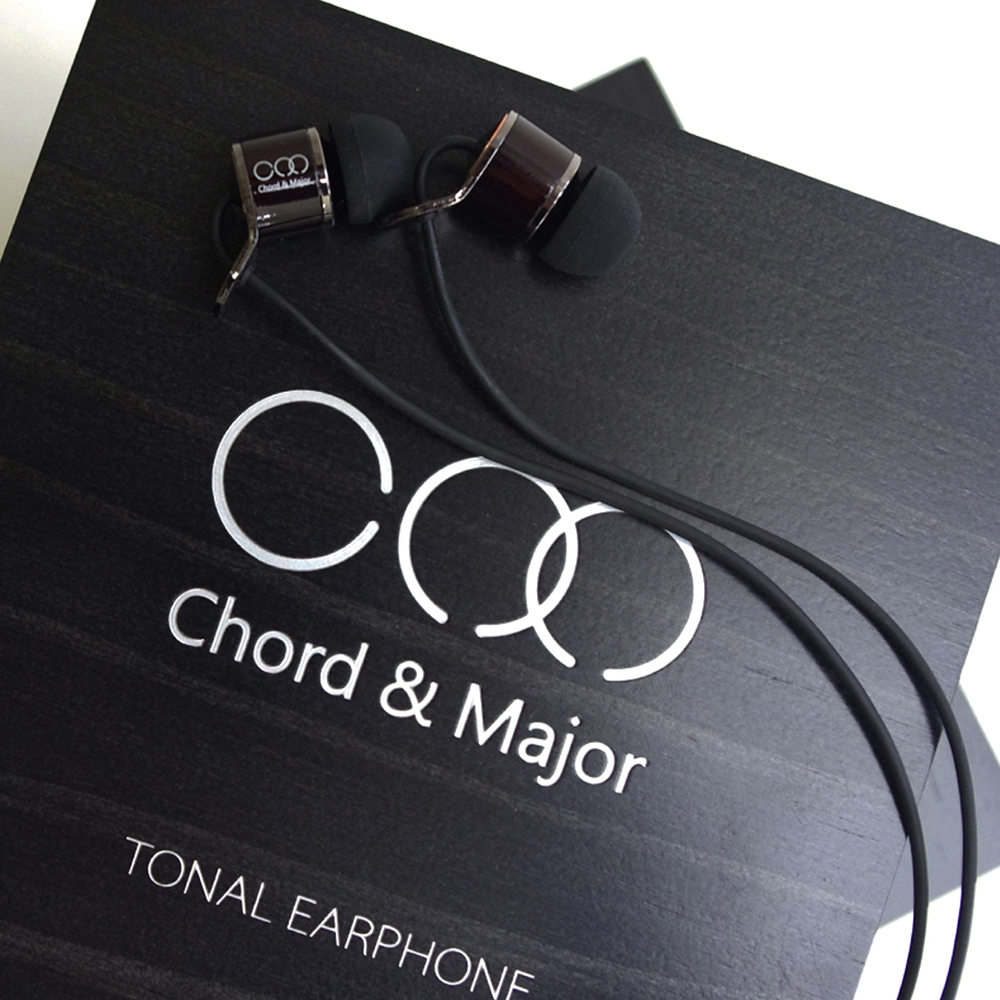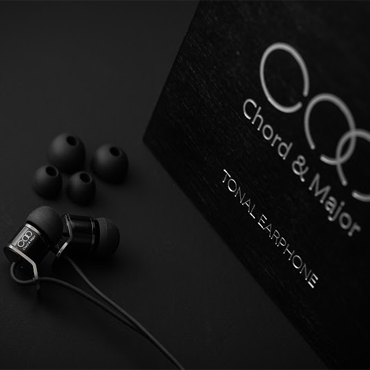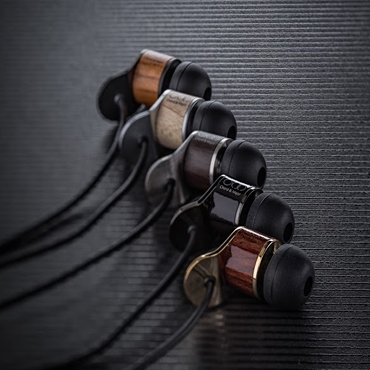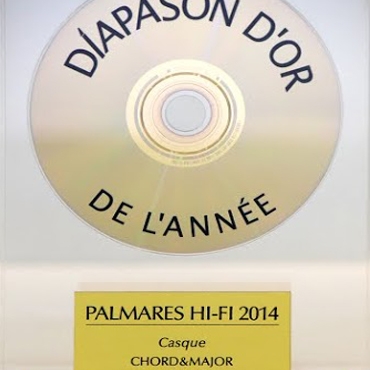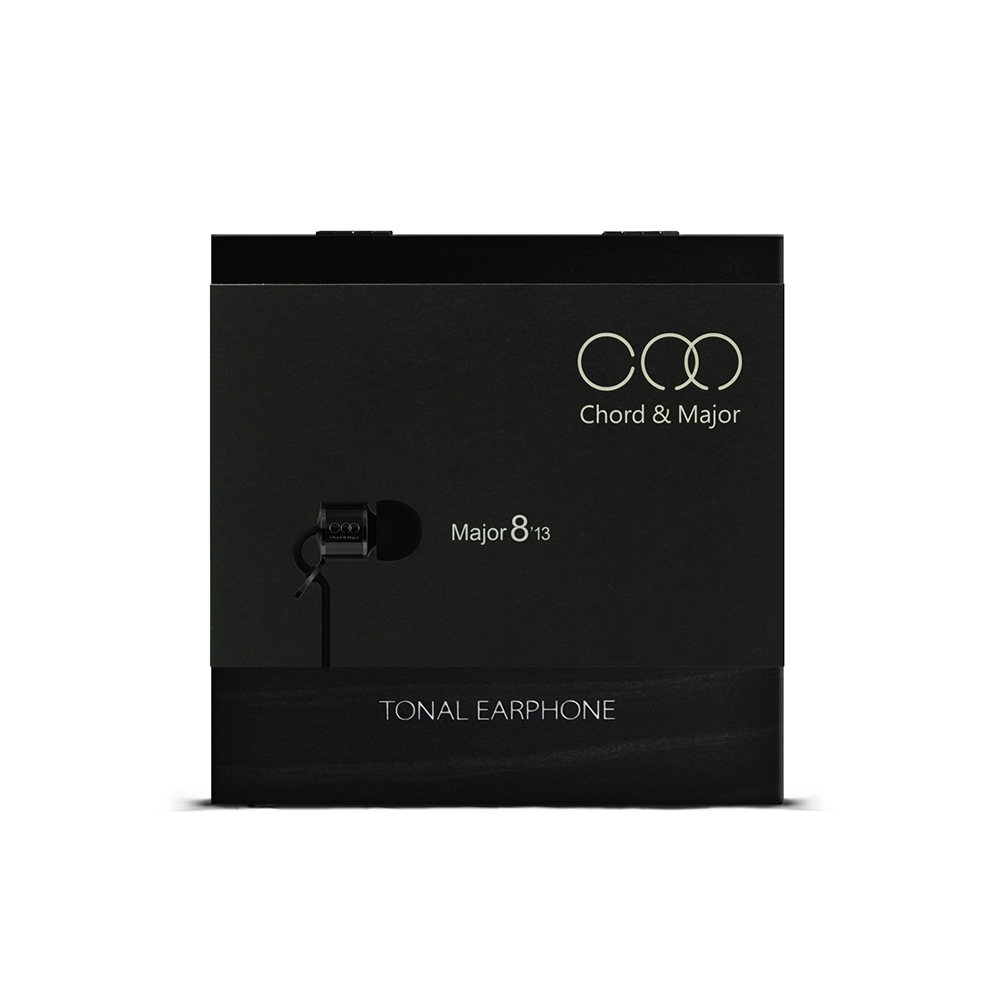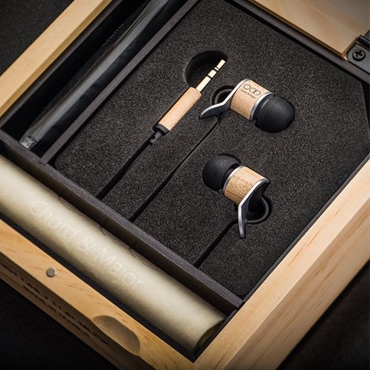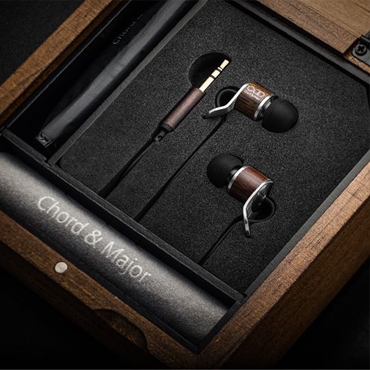10th, May 2014
Since the inception of Chord&Major’s initiative to create and promote “tonal earphones”, many people have been continuously asking one question: what key technology or procedure helps achieve the “genre tonality” of a pair of earphones?
The answer can be found in the heart of the earphones themselves – the speaker driver.
So, how does the speaker driver work? When earphones receive electrical signals from MP3 players, laptops or smartphones, their internal enameled wires react with a magnet in the middle via electric currents before generating vibrations, so that our eardrum (also known as the tympanic membrane) can sense sound vibrations and as a result, hear pleasant music. This is the physical principle of how moving-coil earphones function, allowing us to hear music.
Now, let’s take a deeper look at another issue: “How do you tune ‘tonal earphones’ to support different elements of sound?” It has to be done via the coordination of all parts inside the earphone. The internal structure of a pair of earphones contains the elements that shape up the musical tonality heard.
The ingredients involved are the voice diaphragm, voice coil, a magnet, compressed cotton and tuning paper. Among these ingredients, the voice coil and voice diaphragm are glued together, so when music is played, electric currents pass through the voice coil (its enameled wires) to generate magnetism, causing repulsions and attractions between the permanent magnet and the washers, so that the voice coil is triggered to push the voice diaphragm to generate sound vibrations.
On the surface of the voice diaphragm are several shallow notches; the notch depth, quantity, shape, and material affect the “hardness” of the diaphragm. The harder the diaphragm, the faster the vibration is (which produces “higher frequency and brighter” sounds). On the other hand, if the voice diaphragm has fewer notches or is made of softer material, it will have better elasticity and softness, thus producing slower vibrations and exuding more “low frequency and reverberation” in sound effects.
Therefore, in order to create earphones with a stronger bass, such as the Major7’13 (Jazz) and Major8’13 (Rock), drivers with softer diaphragms are used. Major9’13 (Classic), on the other hand, uses drivers with harder diaphragms. Now let’s turn our attention to tuning paper and compressed cotton.
These two components are decisive factors in the “transient response”. When the driver receives musical signals, it has to respond very precisely to the strength of the music and rapidly vibrate back and forth accordingly, so that musicality will not be distorted. The strength of the music is constantly changing, and this is especially true in classical music.
To create “tonal earphones” with different qualities, every component in the earphone has to be appropriately coordinated and arranged proportionally with one another in order to spice up the exquisitely distinctive timbre features that a tonal earphone has to offer.


